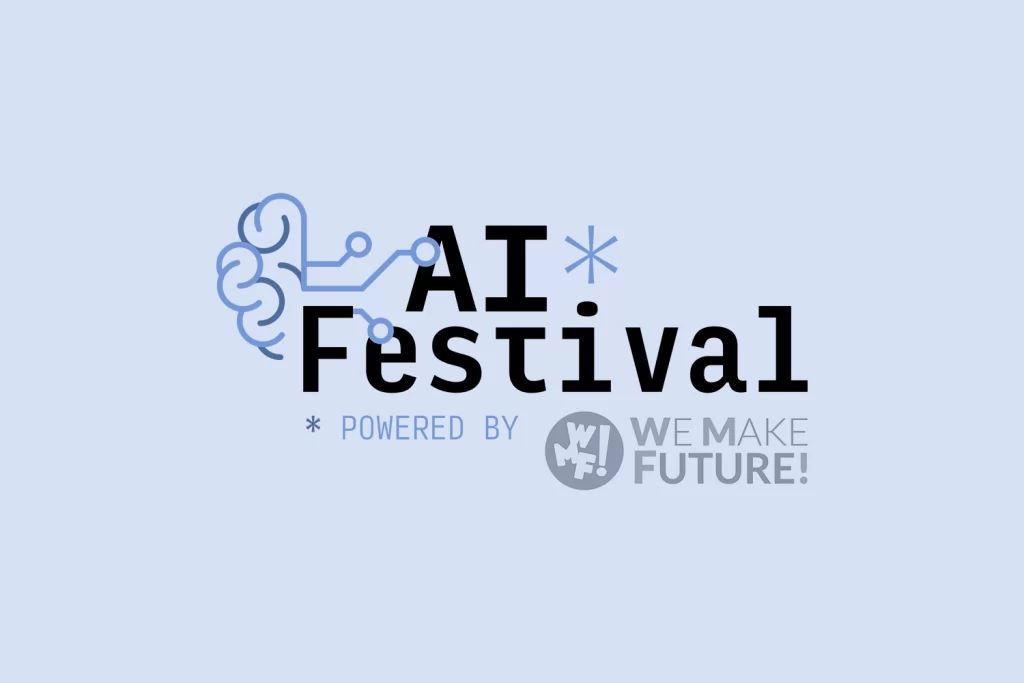
SUMMARY
Knowledge management system: how to make information and knowledge available in the company
Companies can take advantage of a knowledge management system, known by the acronym KMS (knowledge management system), which leverages the collective knowledge within the enterprise and leads to better operational efficiencies. This allows them to rely on a centralized place to store information and access it readily.
Knowledge management is in fact that process of identifying, organizing, storing and disseminating information within a given organization. It is particularly important to make data easily accessible, thus ensuring that all stakeholders can use it to achieve their respective goals.
Companies that rely on a knowledge management strategy succeed in achieving business results faster, as increased organizational learning and collaboration among colleagues facilitates faster and more effective decision making within the company, while also simplifying organizational processes such as training and on-boarding.
Knowledge management within companies
Knowledge management includes. three different types of knowledge, which differ from each other in the encoding of information:
- Tacit competencies. Type of knowledge that is intuitive and acquired through experience such as facial recognition, language, leadership attitudes. They are difficult to transfer to other individuals.
- Implicit knowledge. They do not necessarily have the problem of difficult codification and can be defined as know-how, existing within the various business processes.
- Implicit knowledge. This is the most well-known type of knowledge and is contained in various types of documents such as manuals and guides, can be easily shared within work teams, and is important for maintaining intellectual capital in an enterprise, facilitating knowledge transfer. Databases, white papers and case studies are the basis.
Knowledge management: the process of knowledge management
The knowledge management process involves the acquisition, creation, refinement, storage, transfer, sharing and use of knowledge. The KMS goes through three main stages:
- Knowledge creation. Each type of expertise, which you want to circulate within the company, should be identified and documented.
- Knowledge storage. A computer system that houses organizational knowledge for distribution is used.
- Knowledge sharing. Processes designed to share knowledge are communicated within the organization. Companies that encourage this type of behavior are used to have a competitive advantage over other companies in the industry.
Knowledge management: the tools for knowledge management
- Document management systems, which improve employee workflows by enabling easy retrieval of digital documents, PDFs, images, word processing.
- CMS-content management systems, which help manage web content where end users can edit and publish content, text, video and audio.
- Intranets, private networks found within an organization where tools and processes can be shared among various stakeholders. Internal directories and search facilitate collaboration.
- Wikis, where information can be easily uploaded and edited, given their ease of use.
- Data warehouse, where data from different sources are aggregated into one central repository. Data can be extracted from these repositories so that companies can make data-driven decisions.
What are the benefits of knowledge management system for companies
By adopting important knowledge management strategies, companies can gain important advantages:
- Identify skill gaps. Creating relevant documentation of implicit knowledge consolidates explicit knowledge and highlights gaps in certain areas, providing information to management that is important for forming new organizational structures or hiring additional resources.
- Making more informed decisions. By improving accessibility to business knowledge, companies will be able to make decisions based on information and business objectives.
- Maintaining knowledge of the company by creating an organizational memory and expanding the information held by employees and contractors.
- Optimization of timelines, resulting in increased productivity and reduced costs. Increased collaboration and trust among team members.
Contact us
Find out more about our CX services
INGO, thanks to multichannel and technological innovations, is able to build specific projects for each company, following the process from the initial analysis phase to the implementation of integrated, scalable and modular omnichannel strategies. For over 20 years, Made in Italy at the service of the customer experience.
blog


